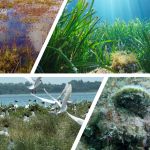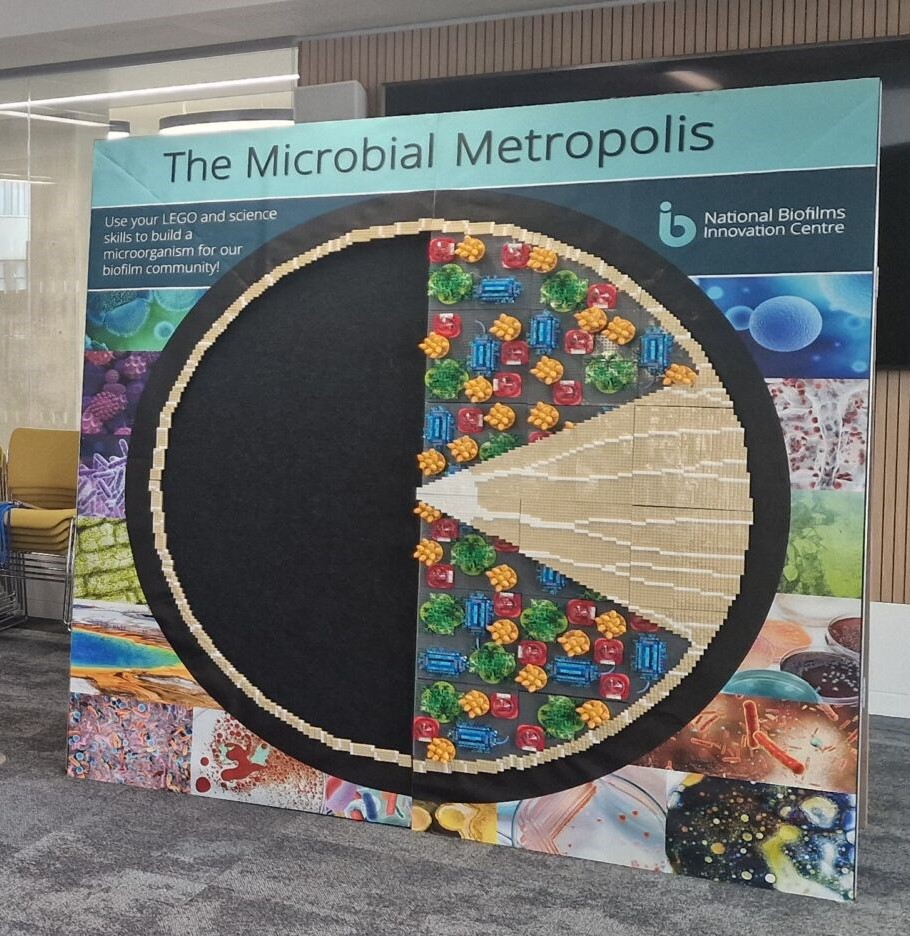
What's in your smartphone?
Around 1.5 million smartphones are sold worldwide every year and recent estimates suggest there are nearly as many smartphones as people on the planet.
Containing around 80% of the naturally occurring elements on the periodic table, ranging from lithium in the battery, to gallium in the electronics and rare earth elements: praseodymium and europium in the touch screen. These elements may not be familiar to you, and there is a good reason for that!
For this interactive activity we have crushed and dissolved several smart phones and measured their chemical composition in our laboratories in the School of Ocean and Earth Science.
Expect to see:
- the composition of the smart phones;
- some quizzes about what each element is used for;
- the geological processes involved in the concentration of the elements into deposits suitable for extraction;
- specimens of rocks containing mineralisation of the elements of interest, and
- microscopes with rock sections that you can interact with!
Containing around 80% of the naturally occurring elements on the periodic table, ranging from lithium in the battery, to gallium in the electronics and rare earth elements: praseodymium and europium in the touch screen. These elements may not be familiar to you, and there is a good reason for that!
For this interactive activity we have crushed and dissolved several smart phones and measured their chemical composition in our laboratories in the School of Ocean and Earth Science.
Expect to see:
- the composition of the smart phones;
- some quizzes about what each element is used for;
- the geological processes involved in the concentration of the elements into deposits suitable for extraction;
- specimens of rocks containing mineralisation of the elements of interest, and
- microscopes with rock sections that you can interact with!
You may also like

Wonders of the Solent with the Solent Seascape Project
The Solent Seascape Project is a local project aiming to restore the four habitats of seagrass, saltmarsh, native oyster reefs and coastal bird habitats. Come and find our inter ...Read More
Highfield Campus

Biofilms: Microbial communities in action
Microscopic life is all around us. Whether in the natural environment or within our own bodies, these tiny organisms group together to form microbial communities, that we call biof ...Read More
Highfield Campus
 - v2.jpg)
